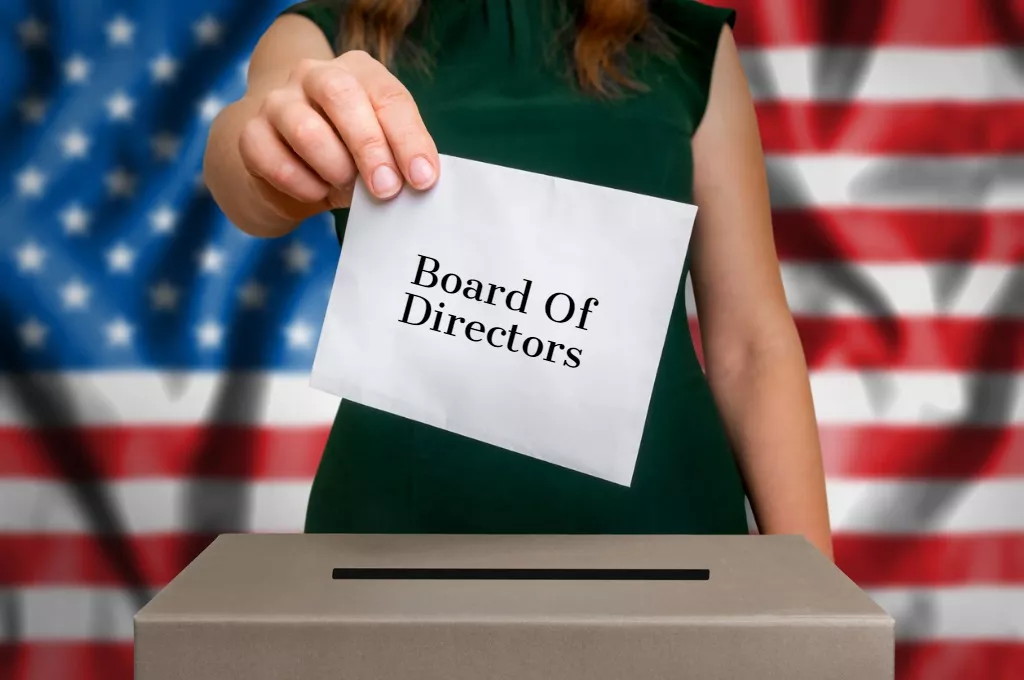August 10, 2018
Look Before You Pump! Caution Using Your Debit Card At The Gas Station
How many times a month do you fill ‘er up? It’s a mindless chore, but did you know it can also be the beginning of a financial nightmare? Gas pump skimming is an old crime that’s made a comeback – and your debit card may be at risk.
Every day, 29 million Americans pay for fuel using a credit or debit card. However, compromised pumps with skimming devices installed by scammers have recently been found in several states.
Since these skimmer devices are almost invisible, they can be really difficult to spot, enabling them to easily capture the information of up to 100 cards a day! And, thanks to Bluetooth technology, the criminal doesn’t even need to return to the scene of the crime to collect the data their skimmer has obtained; it can all be done remotely from as far as 100 yards away.
Yes, EMV-enabled technology has become more commonplace, but gas stations were given until 2020 to update their payment systems. This makes them even more vulnerable to such hacks.
Protect yourself against this heinous hack by arming yourself with all you need to know about card skimmers.
How it works
Hackers choose their gas pumps wisely. They usually opt to outfit the one that is farthest from the on-site convenience shop. This way, their activity is out of the range of any security cameras at the shop’s entrance. The hacker will then place a skimming device on top of the pump’s card reader. It will usually be identical to the existing reader, with only a few and hard-to-spot differences.
Sometimes, hackers may place a skimmer inside the pump itself. This task can be done in less than a minute. The hacker can then leave the area and access all the data being collected by the skimmer, with no one being the wiser.
Choose your payment method wisely
You may consider giving yourself extra protection by using a credit card or cash to pay at the pump. A credit card may be compromised just like a debit card, but you can more easily dispute fraudulent charges made on your card. Depending upon your financial institution, your debit card may offer minimal purchase protection.
If you want the safest payment method, cash is a good bet. However, remember that cash cannot be replaced if lost or stolen.
How to spot a skimmer
If you don’t like the idea of carrying around wads of cash, you can still protect yourself against skimmers. Use caution while at the pump, and learn how to spot a skimmer. If something looks suspicious, move on to the next pump and report your findings to the local police as well as the gas attendant on duty.
4 ways to spot a skimmer:
Use your eyes. Check out the card reader very carefully. Do the numbers on the PIN pad look raised? Do they look newer or bigger than the rest of the machine? Does anything look like it doesn’t belong? Is the fuel pump’s seal broken?
Check the tape. Many gas stations place serial-numbered security tape across the dispenser to protect their pumps from skimmers. If the tape has been broken, or there’s no tape on the dispenser at all, it may have been compromised.
Use your fingers. Feel the card reader before sliding your card into the slot. Do the keys feel raised? Is it difficult to insert your card? These are both red flags that the card reader may have been fitted with a skimming device.
Use your phone. There are several free anti-skimming apps you can install on your phone, such as Skimmer Scanner. Using these apps, you can scan a card reader for a skimming device and get an alert if one is detected. You can also check your phone’s Bluetooth to see if any strange letters or numbers appear under “other devices.”
General card safety
It’s always a good idea to practice general safety when using a card to pay at the pump.
Choose the pump that is closest to the store and always cover the number pad with your hand when inputting your PIN. If you haven’t yet updated to a chip card, now’s the time to do so. It’ll offer you an extra layer of protection. It’s also a good idea to periodically check your account statements for suspicious charges.
For more blog articles visit our blog center.
Want more credit union information?
Subscribe to eNews




